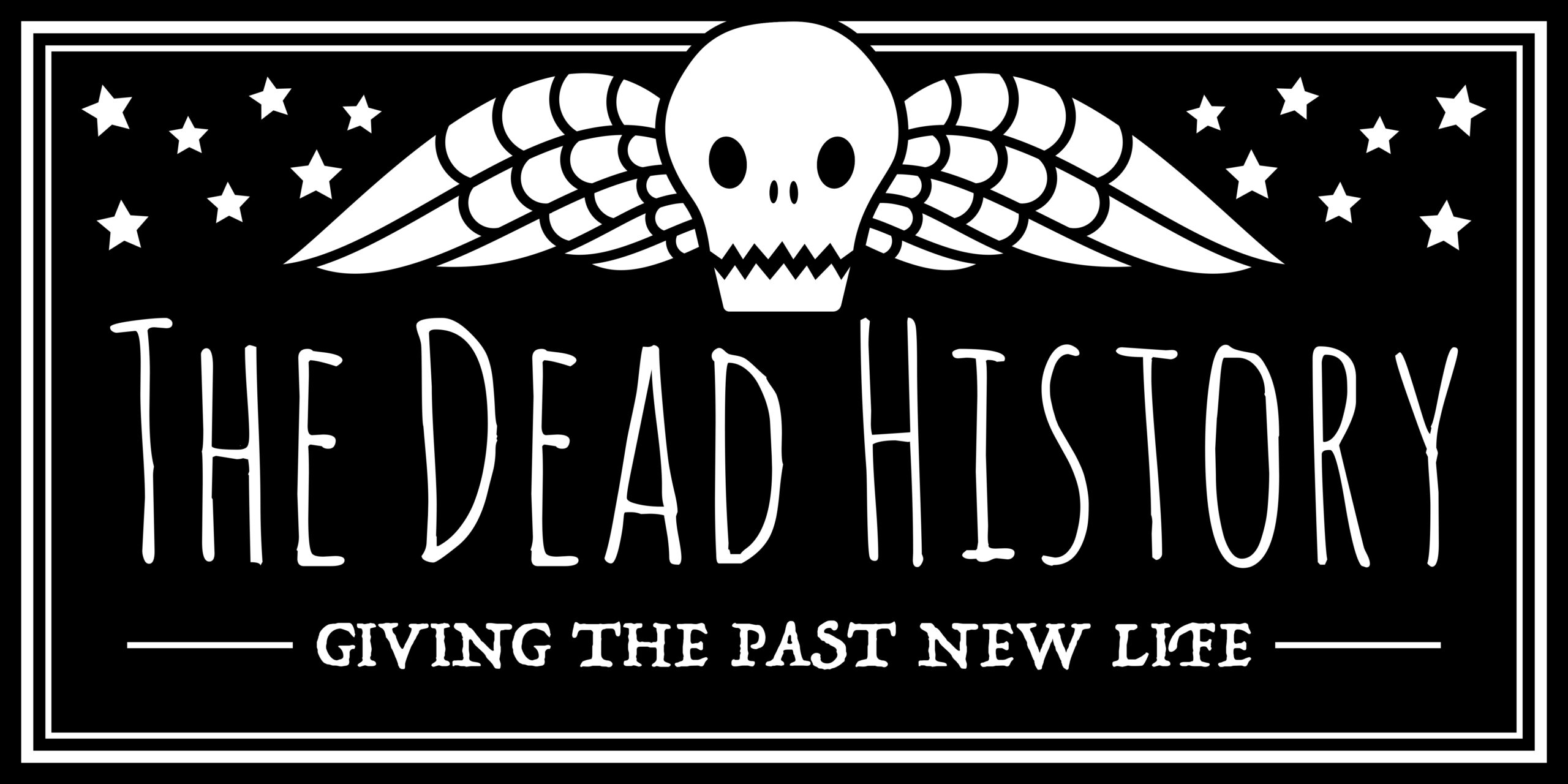One of the first ghost stories I ever read was about Abraham Lincoln’s spirit knocking on a White House bedroom door at midnight. Though I’ve forgotten the book’s title, I …
Monthly Archives
November 2017
-
On Thanksgiving Day, 1902, a southbound train neared Geneva, NY, approaching the Marsh Bridge. As it did, the engineer and fireman onboard heard a piercing scream. When they looked up, …
-
It’s fascinating (and sometimes heartbreaking) how time buries certain tragic events. Occasionally, I stumble across them while digging through old newspaper archives or scanning death certificates for unrelated research. That’s …
